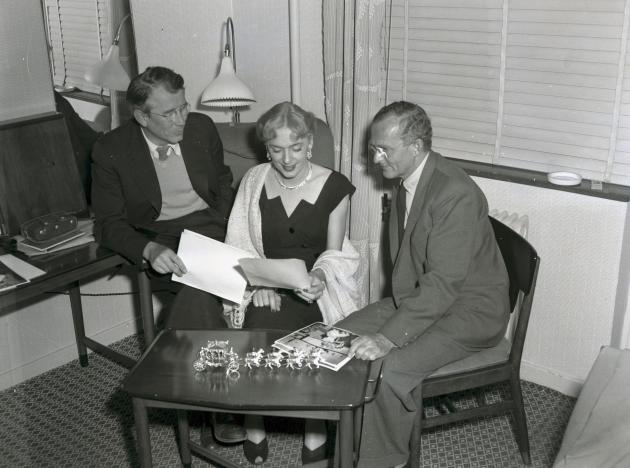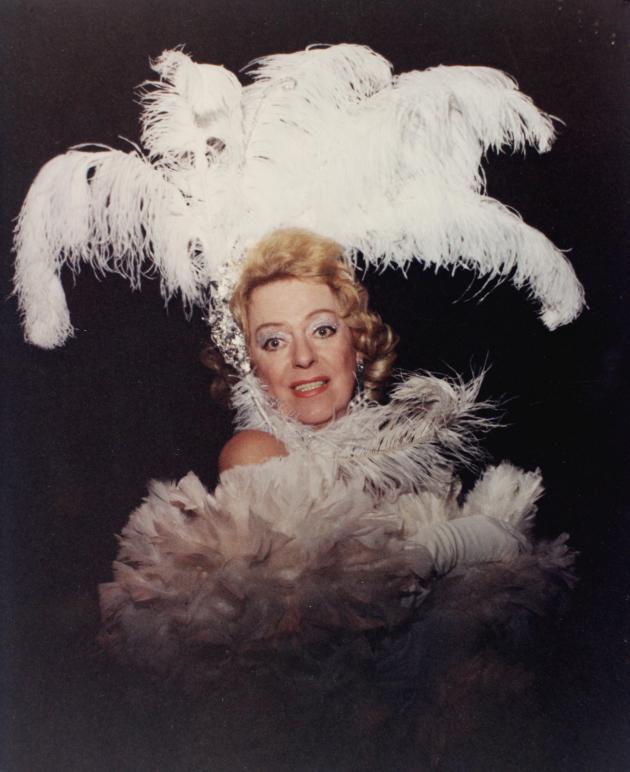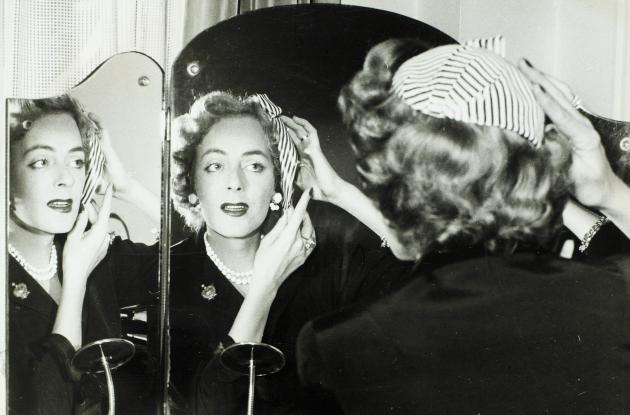Christine Jorgensen
Christine Jorgensen changed her gender in 1952 and in the following years became a role model. With her openness, she changed the world's perception and understanding of transgender people.
In 1952, Christine Jorgensen (1926-1989) stepped out of a plane in New York to great attention from the press. A few years earlier she had travelled to Scandinavia as George Jorgensen Jr. to have a gender reassignment surgery performed. Jorgensen ended up by several detours in Copenhagen, where the doctor Christian Hamburger (1904-1992) performed a number of surgeries and hormone treatments on Christine.
Jorgensen later stated that Hamburger and the other doctors and nurses at the hospital talked about the operation and treated her like everyone else - an attitude she had not encountered in the United States. When Christine had to choose a name after her transition, she chose to name herself after Christian Hamburger.

Photo: Ophav ukendt
The pioneer
After returning to the United States, the press wrote diligently about the 27-year-old Christine Jorgensen and her beauty. They were generally if not positive then at least curious about Christine and her transition. The Danish press also wrote about Christine Jorgensen, but unlike the American press which referred to her as the Christine case
, the focus in the Danish press was a little broader. In the newspaper "Demokraten" in 1953, you could read in the article Hundreds feel they are in the same situation as Chris Jorgensen
, that several had approached the medical team that operated on Christine Jorgensen.
But even though Christine Jorgensen was treated relatively well by the press, she encountered other problems, including issues with her rights. In the late 1950s, she became engaged to her boyfriend Howard J. Knox, but they could not marry because Christine was still registered as a man on her birth certificate.
The Hollywood icon
In 1970, the feature film “The Christine Jorgensen Story” (directed by Irving Rapper) was released. It was based on Jorgensen's autobiography from 1967. The film depicts her life from childhood until the moment she stands in front of the photographers back in the US for the first time as Christine. Although the film did not become a huge audience success, it has been praised by many transgender people for showing some of the problems that trans people may face.
Transgender people have also criticised the film for unjustifiably blaming Christine's experience of being trapped in the wrong body
(what we would call sex dysphoria today) on a greatly elevated level of female sex hormones.

Photo: Ophav ukendt
The role model
Christine Jorgensen cemented her status as an inspiration and role model for trans people both in her lifetime and after. She became a public figure in the United States, taught at universities, gave lectures, published books and also opened a nightclub, where she regularly performed. In an interview shortly before her death, she says that even though she had faced prejudice, a lot had happened in the 1980s compared to the 1950s.
She believed that people had become increasingly accustomed to medical advances such as heart transplants, and that, coupled with an increasing number of gender reassignment surgeries from the mid-1960s, had led to far fewer prejudices and stigmatisation than there had been when she had had her own operation.
After Christine Jorgensen's death in 1989, part of her surviving photographs, films and papers were handed over to Royal Danish Library where they are still located. The archives after Jorgensen consist of, among other things, private film recordings, letters, photos and film clips from news coverage and interviews. The material is still copyrighted today and will be until 2035.
In the clip below, you can see a little something from the news coverage of Christine Jorgensen's return to the US after the gender reassignment operation in Denmark.

